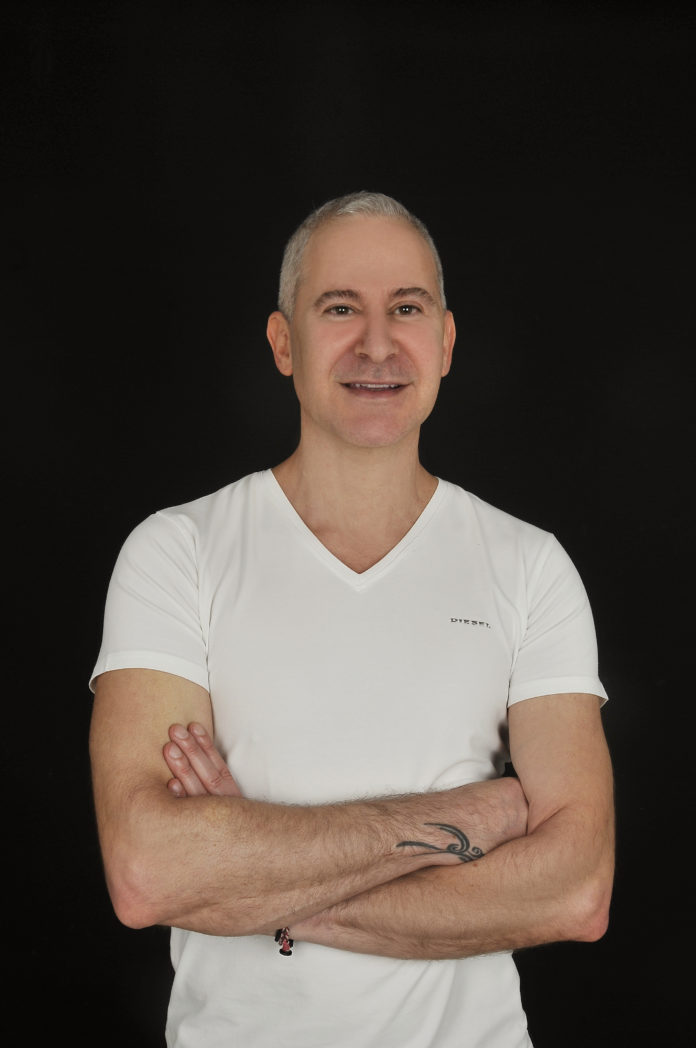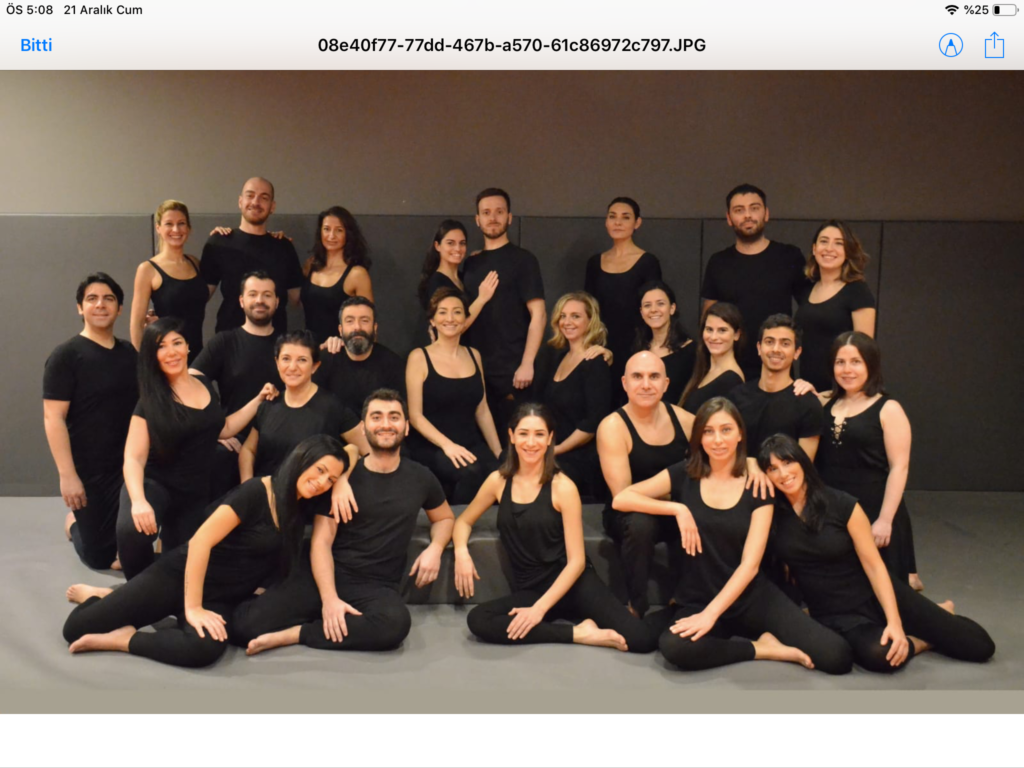By Artsvi Bakhchinyan
Special to the Mirror-Spectator
YEREVAN/ISTANBUL — Since his debut in choreography in 1988, Levon Taberyan has been considered an excellent dancer as well as a creative and unique choreograph. One of the largest national newspapers in Turkey testified to his unparalleled choreographic approach with the words: “The unity of music and dance coursed through our veins and each musical note appeared before our eyes in the choreography. The narrative language and color of the project were thoroughly impressive. This was an artistic festival the likes of which we have rarely ever witnessed.”
Taberyan went on to work as a choreographer for Anush in 1988, Arshın Mal Alan in 1990, Gaia in 1991, Vagvan Arvesdakedner and Bokomedi in 1992, Hin Asdvazner in 1994, 7 Kocalı Hürmüz in 1997, Kaç Kishot Don Nazar and Leblebici Horhor in 2000, Kınalı Ah Kınalı in 2003, Paralı Artin in 2004, Ah Kınalı Vah Kınalı-2 in 2005, and Hisseli Harikalar Kumpanyası in 2006.
Alongside these endeavors, Taberyan did studio work with the world-renowned modern dance creator Christie Broadback for four years. Taberyan founded the Hay Dance Modern Dance Ensemble in 1992 with 14 other young, dynamic and creative dancers, and staged his first modern dance performance in 1993. Performances received critical acclaim in Turkey, and Taberyan’s success became known outside his community. The ensemble performed for many culture and arts events as well as social support, solidarity and responsibility projects.
Sosi Ayvaz wrote the following in Kulis, a bi-monthly Armenian magazine published in Istanbul: “Levon Taberyan is a talented young man who is able to combine feelings, emotions and dance. He is very good in choosing his stuff. He chooses such emotional excerpts that along with a dance and perfect choreography emerge beautiful combinations, creating with each movement and episode a separate emotion, feeling, gift and pleasure.”











